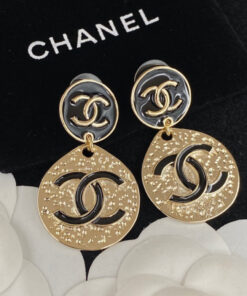Hi,
Great to post recipes like that, but a soap recipe that after all involves the potentially very hazardous lye, should involve more information about which precautions to take and not just that, very important information that the soap MUST NOT be used right away, it MUST be cured first (most say a minimum of 3 weeks, preferably 4 weeks or even longer – it gets milder as it ages as the neutralization process goes on. Fresh soap will burn skin! See some say online they never sell soap until it is at least 3-4 weeks old).
If you e.g. want to make soap with your kids for presents etc, this is NOT the way, as this is a long process. Then you need to use already made and cured soap base you can buy quite reasonably, melt it and add all kinds of fun things to make pretty soaps. Also, if you make bottles of liquid soap from it, it takes very little base for a pint of soap! I add colors, canola oil to “overfat” it, which is great for the skin and also essential oils. For kitchen soaps, to wash your hands after handling meat or fish, I use lemon/orange oil and finely ground coffee, takes that smell right out!!! Liquid soaps aren’t like commercial liquid soaps (those aren’t really soap, but a detergent), after a while you may get stiff soap at the bottom. Just put it in hot water for a while, or a little trip in the microwave, shake it and it’s ready again. I prefer the liquid soap, when making soap became popular some years back, everybody made bars of soaps. I very soon remembered why we quit using those, they are messy, residue on the sink, dirty bars of soap after others who didn’t rinse it off after use etc. YUCK! But everybody loved my liquid varieties, put them on pretty bottles with a pump, very practical. All you do, is to heat the amount you need in water, when the water boils, you can add soap in small pieces. Stir until everything is dissolved, then add your oils/scents and color, when mixed, pour into bottles. Very quick. Kids can decorate the bottles, e.g. with pretty cut outs with contact paper on top, make cute labels, maybe stuff little plastic toys inside the soap bottles (actually great for when you shake the bottle to keep it from stiffening, helps in mixing) etc. etc. Nice thing to do e.g. now before Christmas… Maybe something you could do to give a little something to people you know about who doesn’t have much family who gives them something for Christmas (or other holiday this time of the year)? Would sure warm a heart! Caring about others is much what Christmas should be about in this day and age where everything is so commercialized and stress becomes no. 1 instead of joy for so many (while others are just lonely and sad, that is of course as tough as it gets when it’s holiday time)…
Here is a portion from the Wikipedia article on lye about the hazardous reactions that may happen:
HAZARDOUS REACTIONS:
In common with other corrosives, the major safety concern with lye is its potentially destructive effects on living tissues (e.g., skin, flesh, and the cornea). Solutions containing it can cause chemical burns, permanent injuries, scarring, and blindness—immediately upon contact. Lye may be harmful or even fatal if swallowed; ingestion can cause esophageal stricture. Moreover, solvation of dry solid lye is highly exothermic; the resulting heat may cause additional burns, or, ignite flammables.
The reaction between sodium hydroxide and a few metals is also hazardous. Aluminium reacts with lye to produce hydrogen gases. Since hydrogen is flammable, mixing a large quantity of lye (e.g., sodium hydroxide) and aluminum in a closed container is dangerous—especially when the system is at a high temperature, which speeds up the reaction. In addition to aluminum, lye may also react with magnesium; galvanized zinc; tin; chromium; brass; and, bronze—producing hydrogen gas.

 Chanel earrings, CC earrings adorned with pearls v41
Chanel earrings, CC earrings adorned with pearls v41  Chanel earrings, CC earrings adorned with stones v42
Chanel earrings, CC earrings adorned with stones v42 